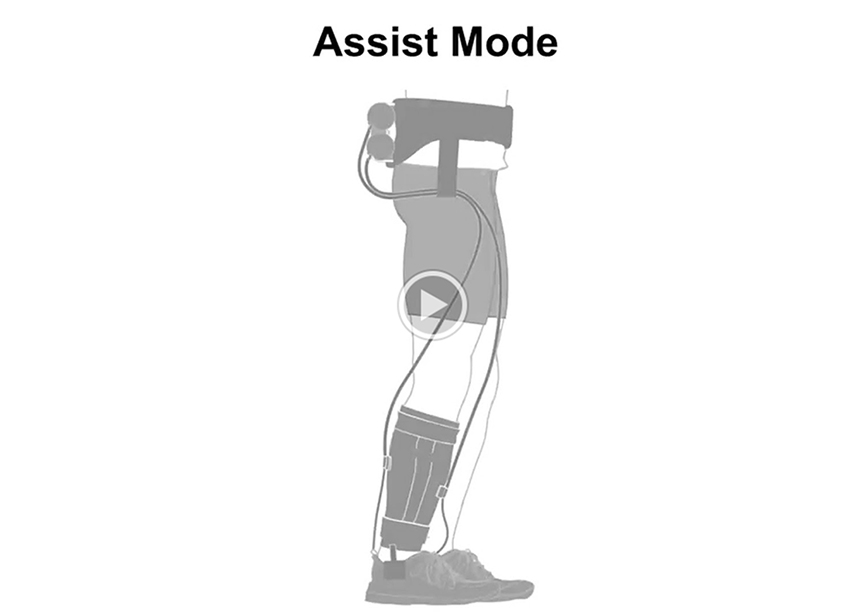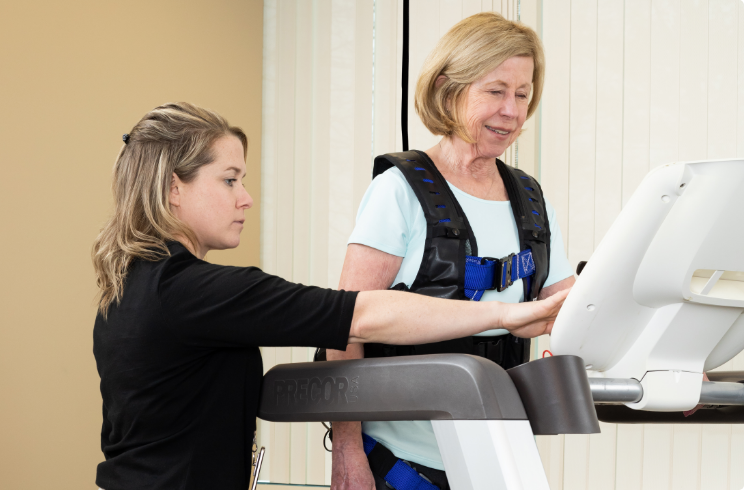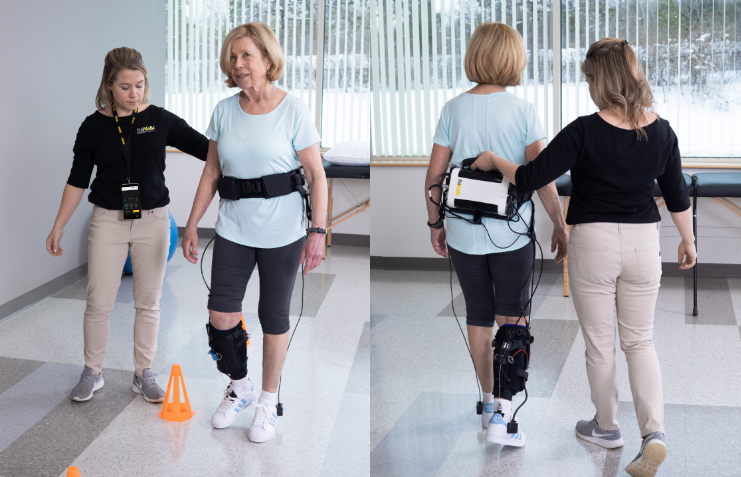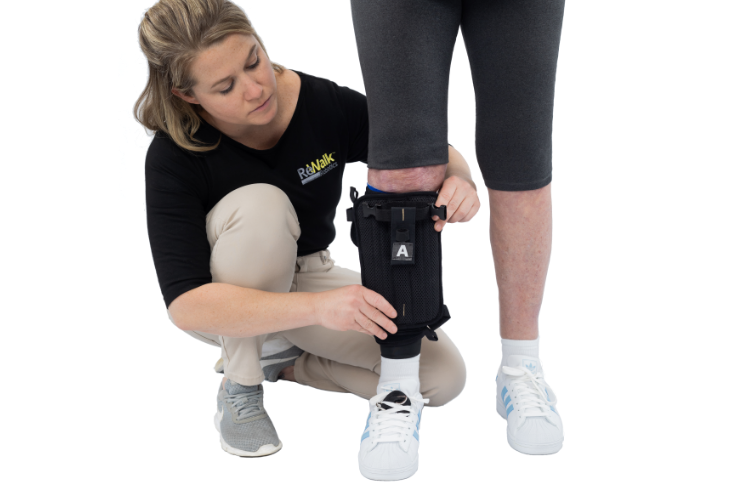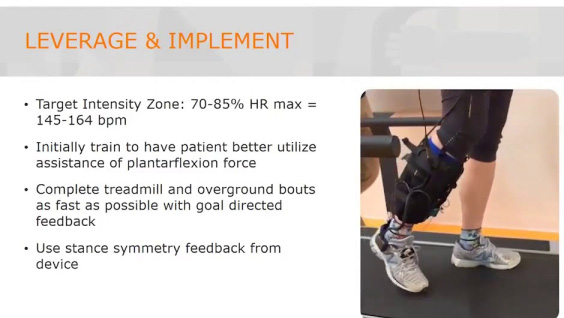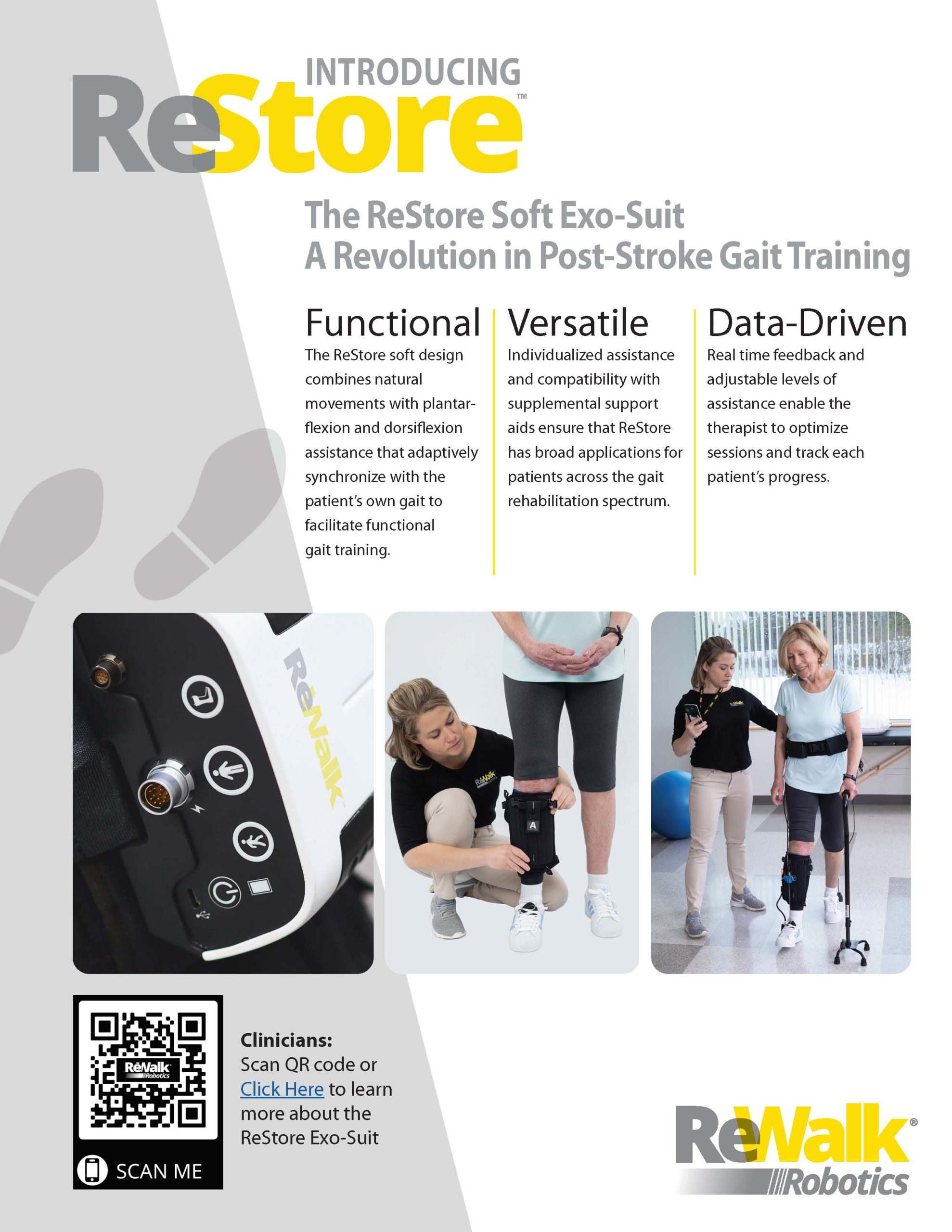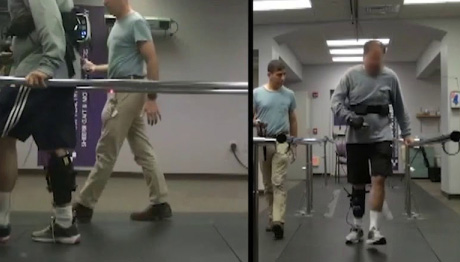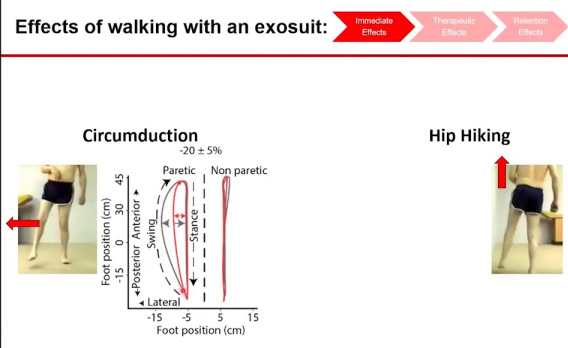ReStore Exo-Suit
Lifeward, Inc.
200 Donald Lynch Blvd.,
Marlborough, MA 01752
USA
Marlborough, MA 01752
USA
Lifeward Ltd.
3 Hatnufa St. 6th floor
P.O. Box 161
Yokneam Ilit 2069203 Israel
P.O. Box 161
Yokneam Ilit 2069203 Israel
© 2025 Lifeward, Inc.

